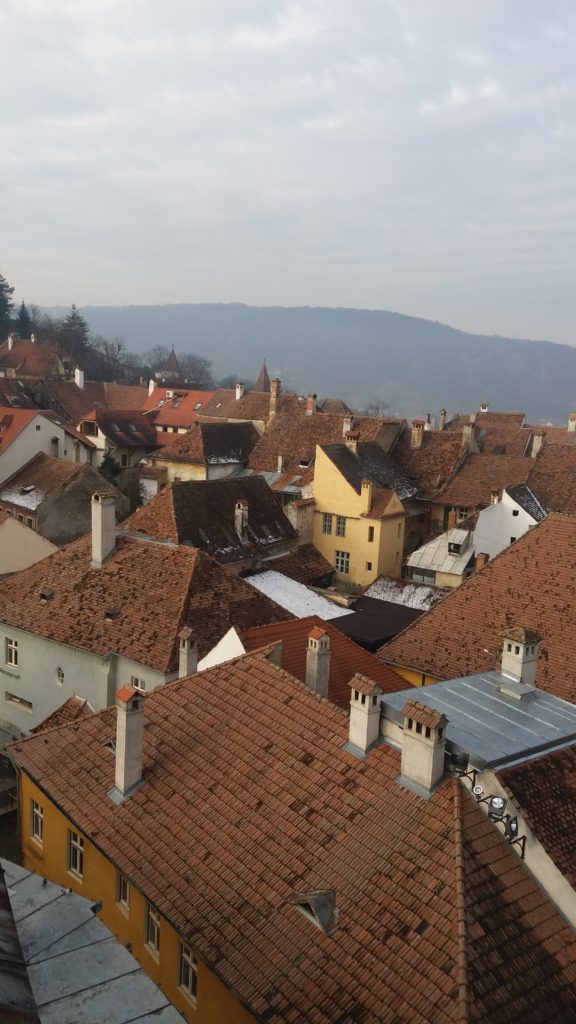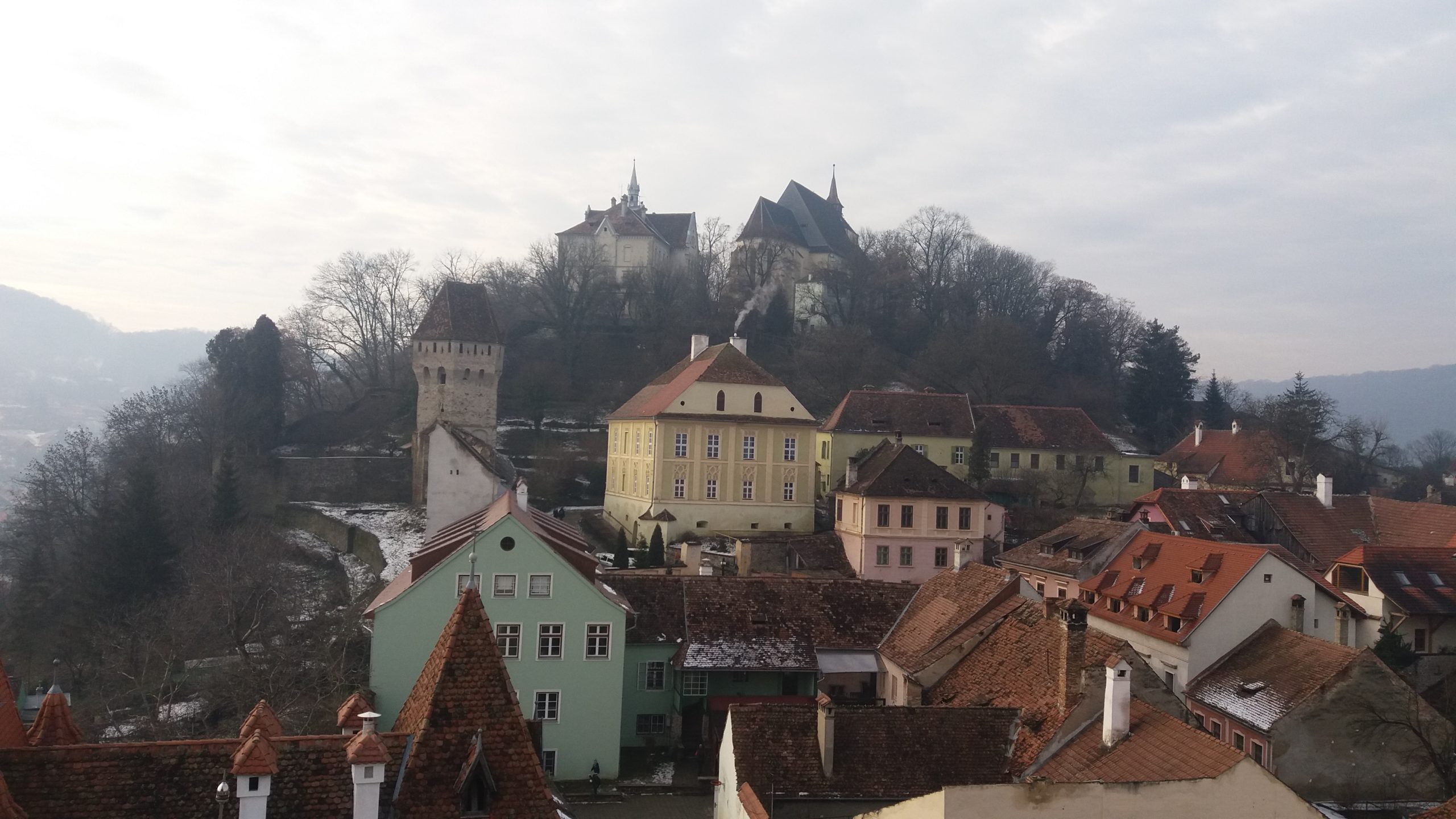Sighisoara: Birthplace of Dracula
Written and photographed by Melline Galani.
My favorite town in Romania, a UNESCO World Heritage Site and Europe’s last remaining inhabited medieval citadel, Sighisoara, is a must-see for anyone who visits my country. It was the place where I first took my husband on his first trip to Romania and the place he specifically asked to see again on his second trip there.
Situated in the heart of Transylvania County, Sighisoara was built during the 12th century by the Transylvanian Saxons – a group of Germanic craftspeople and merchants who were dispatched there by their Hungarian overlords – who went on to name the citadel Schassburg (with burg meaning “citadel” or “fortress”).

Along with being an old Saxon city, Sighisoara is also famous for being the birthplace of Vlad III (also known as Vlad Tepes, Vlad the Impaler, and Vlad Dracul). Vlad’s father was the ruler of nearby Wallachia but was in exile in Transylvania when Vlad was born. Vlad’s birthplace there is still marked with a placard, and now it is home to a very kitschy restaurant called “Casa Dracula.” Since Bram Stoker’s character Dracula was inspired by the former ruler Vlad Dracul, you will find many connections to this subject in Sighisoara. From kitschy souvenirs to vampire wine, anything that could be related to Dracula is on sale.
But what I love about this town is not the connection with Dracula but its old, colorful medieval buildings, the narrow streets paved with stones, the amazing clock tower, the ancient church on the hill, the Scholar’s Stairway, and the Fortress Square. The Scholar’s Stairway connects the Fortress Square with the church on the hill. It was built in 1642 as a safe passage for the school children who followed the pathway up the hill to their high school. Originally, there were more than 300 stairs, but only 176 stairs remain today.

The Clock TowerEvery guild in Sighisoara – the rope-makers, tanners, tinsmiths, furriers, butchers, boot-makers, and tailors – had its own tower. Members were charged with raising funds to build and maintain their fortification and took on the responsibility of manning the towers in the event of a siege. Nine towers still exist of the original 14, but most of them are closed for visitors. The clock tower, one of the symbols of Sighisoara, guards the citadel entry and is accessible all the way up to the top, so it is a must-see attraction. The citadel’s highest and most imposing tower, the clock tower was used until 1556 for the gatherings of the town council. Due to its dimensions, the clock tower offers an excellent view from the top floor balcony over the historical center and the whole town of Sighisoara. Today, it hosts the History Museum and each room has a thematic exhibition, starting from ancient times. You can even see the mechanisms of the clock and the figurines that have announced the exact hour every single day for hundreds and hundreds of years.
Every summer during the last weekend of July, the Sighisoara Medieval Festival takes place. Respectable women with long dresses, fearless knights, and master craftsmen fill the citadel’s streets to recreate the medieval-era atmosphere of Sighisoara. The citadel is alive with craft workshops for things like pottery, carpentry, ironmongery, jewelry-making, medieval dance representations, knight fight re-enactments, archery, medieval poetry, and music performances. I was lucky enough to take part in this event a few times many years ago, and it was an amazing experience. These days, the festival is very popular, so if you plan to visit, you need to make a reservation some months in advance.

Sighisoara Medieval FestivalOver 150 houses that are over 300 years old are still lived in, with many of them being either hotels or guesthouses. When I traveled there with my husband, we stayed at Citadela Guesthouse, a pension dating back to 1820, which is located in the shadow of the clock tower. For less than 30 dollars per night for a double room (breakfast included), we could experience this historic building, with a great window view of the clock tower for a romantic atmosphere perfect for couples.
I have always been in love with Europe’s Middle Ages, and Sighisoara allows me to travel back in time every time I visit, no matter what season it is. Schassburg offers many other attractions besides its historical monuments. Its colorful, old houses with their bizarre doors and windows, in addition to its streets crowded with tourists and artists during the Medieval Festival, make this small town a great place for those in search of memorable experiences. The “Burg” is also an excellent starting point for the discovery of the Transylvanian Saxons’ heritage, one of the special elements that make this region a destination unique to the world.
The Author
Melline Galani is a Romanian enthusiast, born and raised in the capital city of Bucharest, and is currently living in Gwangju. She likes new challenges and learning interesting things, and she is incurably optimistic. She is currently doing volunteer work at the GIC and the Kim Daejung Convention Center, as well as for other projects with the Global Families of Gwangju.




